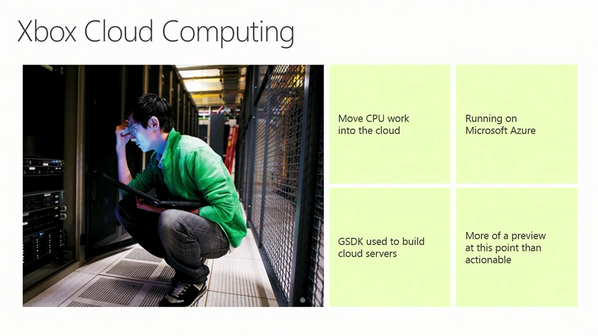LightHeaven
Regular
It's a great, optimistic demo, but sadly not all that useful until we know the specifics. I suppose the data details can be kept secret if part of the development is finding ways to pack massive amounts of particulate data (Vec3 position + rotation for each block, assuming each particle piece is premodelled and not computed realtime requiring mesh data to be included) and this software solution will be part of MS's cloud advantage. 30,000 particles, 32 bit floats per value, would be 192 bits * 30k = 5.5 MB of data per frame, or needing a 170 Mbps connection. MS would need a way to condense that data into less than 1/10th to be viable for real users.
With velocity vectors they don't need to send all the data every frame, just make some corrections over time, and since the debris are a visual effect, and not other player whose interactions should be accounted too, if by any chance the user decides to interact with any of the pieces they can just ignore cloud updating of that particular object and compute locally.
And then there's prediction. They can tell where the missile is going to hit the building way before it actually does, so you can even have a head start there.


